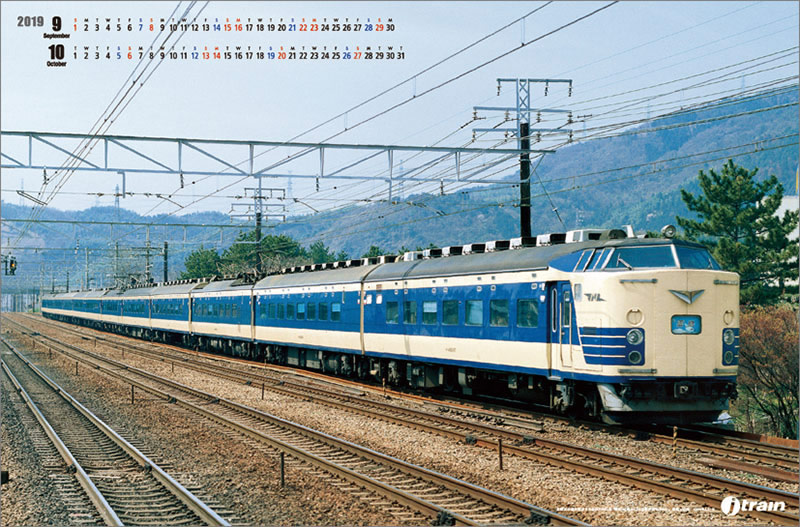
#J LINE TRAIN SERIES#
It has two other unfortunate distinctions: crime and car-on-train wrecks (though a series of rolling station closures in 2019 worked toward addressing these issues). (including a stop near Watts Towers) before looping around Long Beach. The first line built, this runs from Downtown through South L.A. That said, they’re still an efficient, sometimes scenic car-free option. They’re not as fast as underground subway lines, especially as they travel through residential neighborhoods. These (mostly) above ground lines sometimes have dedicated rights-of-way or signal priority but often share the road with cars. in 2023-will more seemlessly link up the two subway lines with most of the light rail lines below. In addition, the Regional Connector Project-slated to open in Downtown L.A. Within the next decade, service will expand west to reach LACMA (by 2024), Beverly Hills (2025) and UCLA (2027). This stub of a subway line shares the B Line track until Wilshire/Vermont, where it forks and ends with two stops in Koreatown. It continues toward Hollywood, where it makes a stop by the Pantages Theatre, the Walk of Fame and Ovation Hollywood (where you can catch a shuttle to the Hollywood Bowl), before stopping across the street from Universal Studios and in North Hollywood by the NoHo Arts District. Metro’s original subway line starts at Union Station, with additional stops near Downtown landmarks like Grand Park, the Music Center and Grand Central Market. Though the original lines were named after colors (with the exception of the Expo Line), Metro has started to rename each line after letters instead. Underground heavy rail is admittedly not our strong point-blame it on fault lines and politics. There are only two subway lines in L.A., one of which shares most of its stops with the other. Use Metro’s Nextrip service to take out some of the arrival time guesswork. Trains run as often as every 10 minutes during peak times, though you could be stuck waiting for 20 minutes during late nights. Most lines operate from before 5am to after midnight. Some light rail stations don’t have turnstiles, but still make sure to tap-otherwise you could face up to a $250 fine.

When you’re entering a train station or a bus, it’s as simple as holding your TAP card against the marked terminals.

While it’s kind of magic, we’ve had enough finicky experiences that we don’t necessarily recommend it for first-time riders. lets you use your smartphone to pay for your Metro ride. So what about that digital version? Available as an app for both iOS and Android, TAP L.A.

Make sure to hold onto your card as it’s accepted on all 26 county transit agencies (and has a 10-year lifespan). You can also order or refill a card on the TAP website. Very few bus stops have TAP vending machines, but you can buy a new card with a day pass on board (buses also accept exact change). Day passes start at $7 but are only worthwhile if you’ll be taking four trips more than two hours apart.
#J LINE TRAIN FREE#
A single ride, regardless of the destination, costs $1.75 and includes free transfers for up to two hours.

Though we’re all for technology, we’ll actually start with (and recommend) the physical TAP card: Available at all Metro Rail stations and select retailers with a $2 surcharge, these reusable cards can be filled with pre-set dollar amounts or day passes. The first thing you’ll need before boarding a train or a bus is a physical or digital TAP card.


 0 kommentar(er)
0 kommentar(er)
